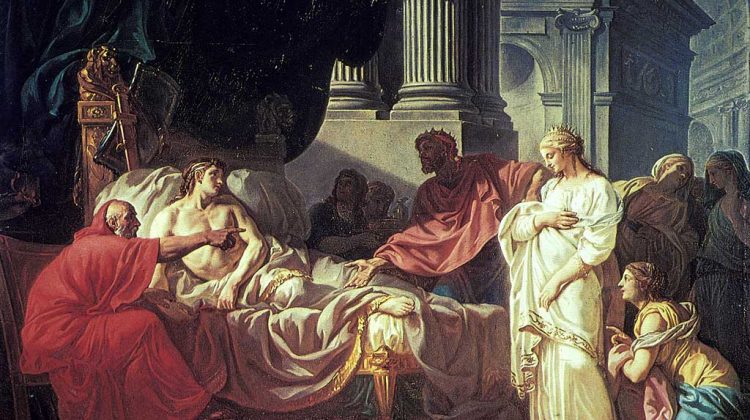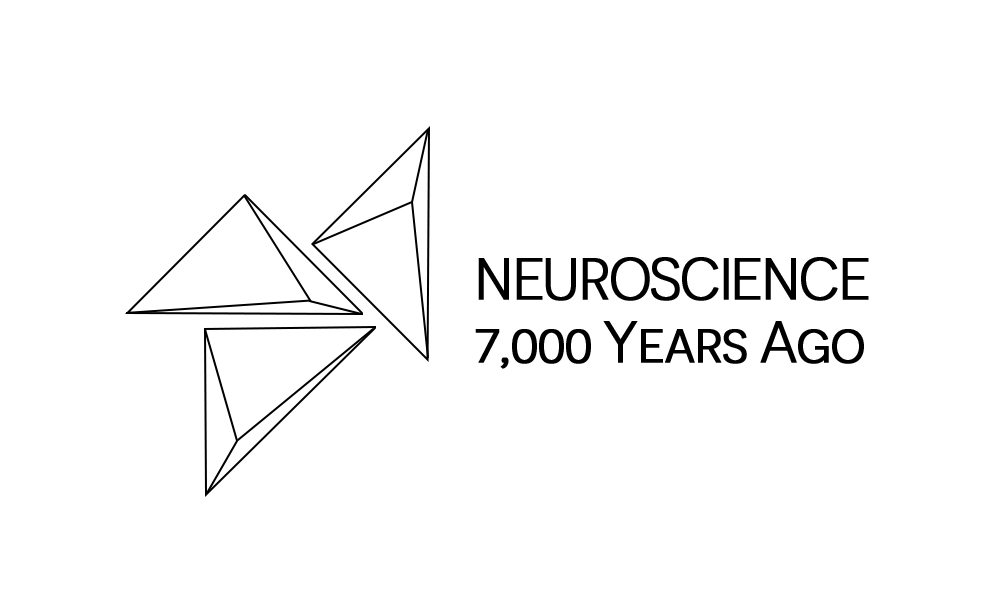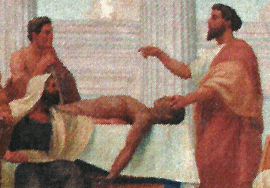
Erasistratus Discoveries
Erasistratus was born c. 325 B.C. on the island of Ceos (Chios), and died c. 250 B.C. He is remembered for his discoveries especially in physiology which were based on human and animal dissections and experiments . These discoveries provided new insights and additions to the Hippocratic corpus and Aristotelian concepts. Erasistratus, probably with Herophilus, discovered four ventricles as well as the convolutions of the cerebrum. He appreciated the separate neural pathways for motor and sensory functions and believed that the psychic pneuma was transmitted through motor nerves to muscles which contracted. The main discoveries of Erasistratus:
- Brain and Ventricles:
When examining the brain Erasistratus discovered four ventricles as well as the convolutions of the cerebrum which governed the whole nervous system, and the cerebellum, which both he and Herophilus considered the site of the soul and intelligence (encephalocentric), unlike common Aristotelian (cardiocentric) opinions of their origins in the heart. This was a most important reference to the cerebral convolutions.
- Motor and Sensory Nerve Functions:
Like Herophilus, Erasistratus had appreciated the separate neural pathways for motor and sensory functions, denied by Asclepius, thus clarifying a long prevailing controversy. But nerves were hollow, importantly originating in the brain and cord.
“Erasistratus declares that there are two kinds of nerves, those of movement and those of sensation; these latter are hollow and their origin is on the meninges; the others arise from the cerebrum and cerebellum”
Erasistratus, says Galen, proposes that “the nerve contains veins and arteries in itself like a rope formed by plaiting three strands of different kind.” The cord contained a cavity filled with animal spirit. But Galen more accurately maintained there was no cavity and nerves were nourished by adjacent veins [1].
The major legacy of Erasistratus is that together with Herophilus, he initiated the scientific study of physiology and anatomy; their accurate human and animal dissections provided a basis for the later anatomical investigations undertaken by Rufus, and by Galen and others centuries later. We can still see many of their discoveries in modern anatomy and significant influences reflected in clinical theory and practices.
References:
1 Pearce, J.: ‘The neurology of Erasistratus’, J Neurol Disord, 2013, 1, (111), pp. 2








